Introduction
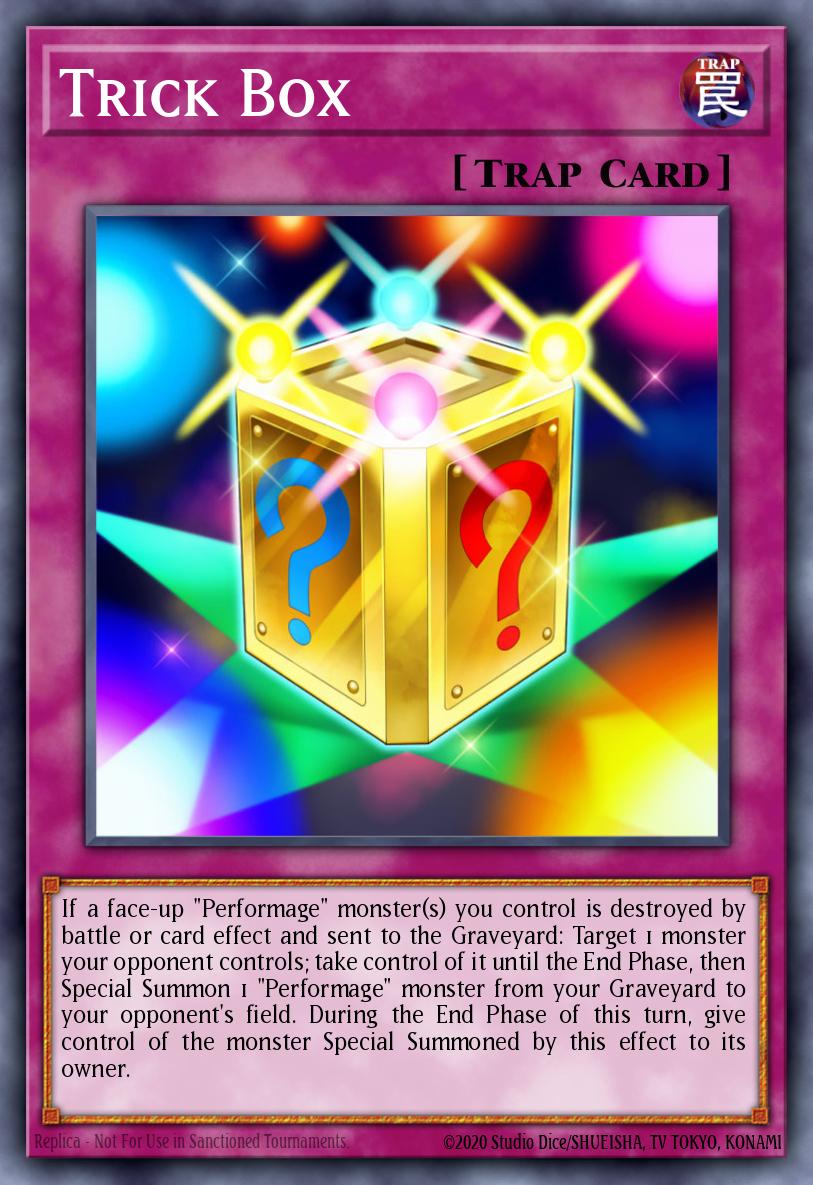 What will you build?
What will you build?
While Cubing has been around in Magic: The Gathering circles for decades by this point it's new in Yu-Gi-Oh circles - thus, there are very few resources for it by this point. Not anymore! Follow me through these 7 tips to bring your cube to the next level and create an experience truly worth replaying over and over again.
For those that do not know, a Cube is a box of Yugioh cards where players draft cards from - think of it like making your own custom pack for a progression series, for example. After everyone drafts the cards and duels it out, all the cards are returned to the box to be drafted again next time.
It's a lot of fun! The bulk of the process is handled by YGOPRODeck's Cube Handler, allowing you to create, draft and play cube all from the confort of your browser. Try it out - after getting all the hot tips on how to do it, of course!
Tip 1: Consider a theme and a power level.
 Your cube before these tips
Your cube before these tips
The first thing you should be asking yourself when making a cube: What is the cube about?
Maybe your cube is all about a time period, like GOAT or Edison. Maybe it's a cube focused around the decks in the Duel Terminal storyline, or it's a cube about Fish monsters. What you settle on doesn't matter per se - what matters the most is that you did. What's the fun of being generic cube number 34 when you can instead stand out from the crowd?
Another worthwhile thing to consider is setting a power level for your cube.
"Power level" refers to how strong the average card in your cube is; often, that is a period - "Strong as a GOAT period card", "Strong as a VRAINS period card", even if the cards themselves aren't of the period. Having a desired powerlevel from the beginning is good as it helps you evaluate which cards are too weak or too strong to put in your cube.
Tip 2: Design interesting and interconected strategies
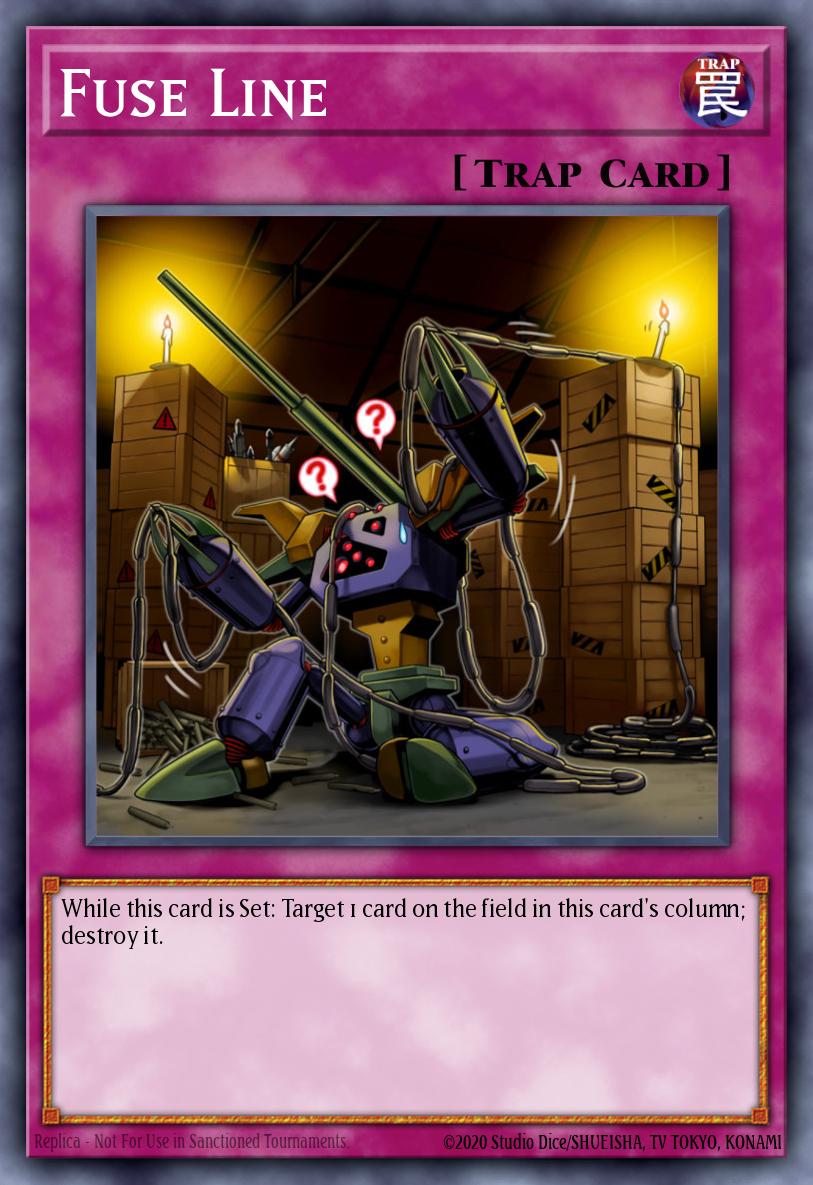
A big part of the replayability of cubes is the many possible strategies you can pull off in them.
The first time you play a cube you could play WATER goodstuff, then the next time you play SPYRALs and the third time you play FIRE burn! Make sure there are several strategies inside of your cube that you could aim for, between archetypal, attribute or type synergy or just mechanical synergy like Treeborn Frog plus Monarchs.
But that's cubemaking 101. Here's a real spicy tip: Make sure there are overlaps between seemingly disconnected decks.
For example, my new cube has both a FIRE and a WATER strategy in it, so I put in Frost and Flame Dragon in order to create a FIRE + WATER strategy! Similarly, UFO Turtle is a Machine monster - a FIRE Machine deck is another possible deck variation possible in this cube. Keep your eyes out for big or small points of synergy like these in order to increase the amount of possible decks in your cube.
Tip 3: But don't forget about the generic staples!
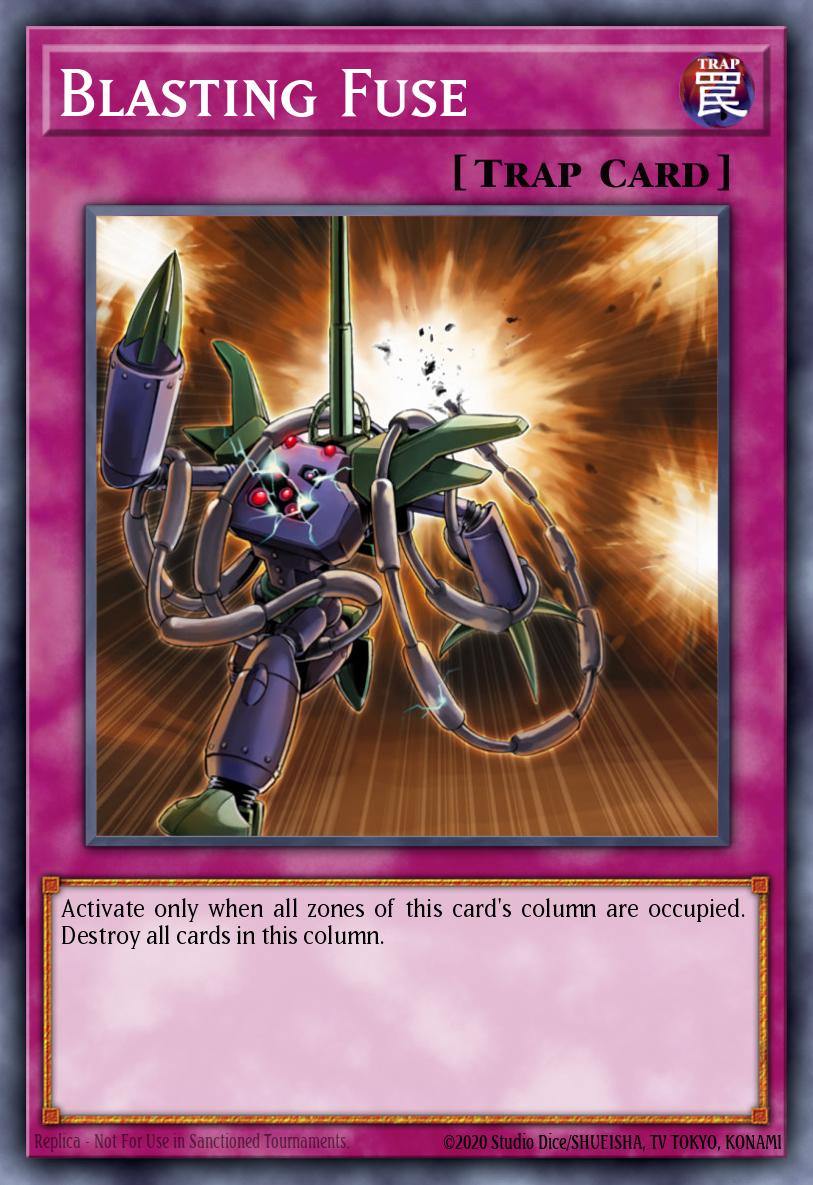
Buildaround and synergy cards are important parts of cubes but they can't hold a cube on their own - you need staples.
Staples add a solid backbone for the player to fall back into. If it's early in the draft and they don't want to commit into a strategy yet, for example, they can just pick staples and make sure whatever strategy they do end up picking is backed by strong generic cards. Not all cards of a strategy will appear in a session and the staples are there to patch the holes made by those missing cards.
My advanced tip for picking staples is to go for staples that do more than one thing.
Rather than MST, Paleozoic Olenoides. Rather than Tribute to the Doomed, Raigeki Break.
As you can see, these cards do more than one thing: Both MST and Olenoides pop backrow but Olenoides also gives you a monster. Both Tribute to the Doomed and Raigeki Break pop a monster by discarding a card, but Raigeki Break can also go for a backrow. Both of these examples have multiple ways of using them, making the cube more interesting and exciting.
Tip 4: Give the players interesting and exciting cards
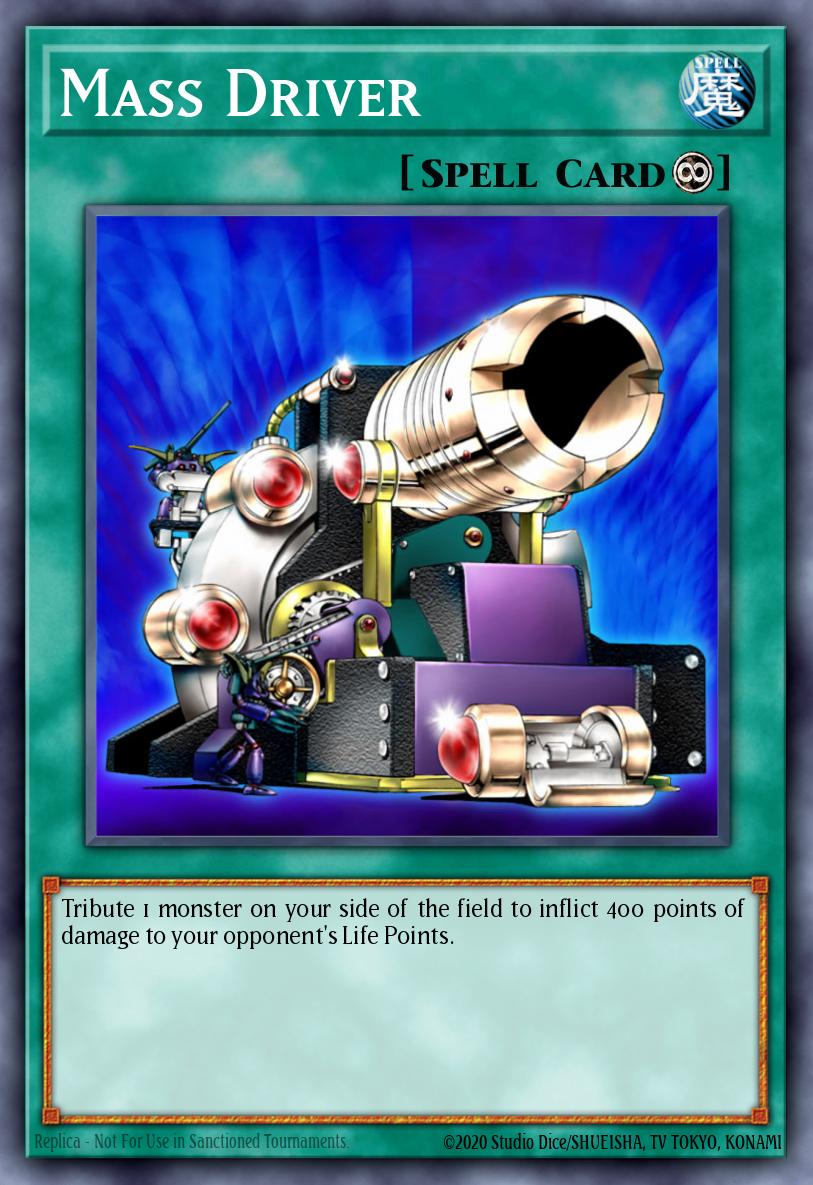
So, you have finally done it - you made a cube with tons of possible strategies and with every card equally as strong and valuable.
But something isn't quite right with the cube - it's missing something.
It's a trap that is easy to fall into when trying to balance a cube, forgetting excitement. If every card in the cube is equally as valuable, then there's no excitement in drawing the best card in your deck, no? This is why many cubes decide to include cards like Pot of Greed or Snatch Steal - they are incredibly powerful and iconic cards, easily a cut above the rest. However they add moments of "Oh no!" or "Oh YES!" into the gameplay - they make it more dynamic and exciting. They make the cube more fun.
Think about the thrill of slamming down Black Luster Soldier - Envoy of the Beginning into the field or pulling out a particularly nasty combo against your opponent. They may be above the power curve compared to the rest of the cube but that's what makes them fun, landing devasting blows or scrambling to check your backrow to see if you have anything to stop it and letting a sigh of relief when you remember your Sakuretsu Armor .
Tip 5: And give them the tools to pull off these combos.
 Look how much fun they're having!
Look how much fun they're having!
Drafting a cool combo then not getting to use it really stinks, doesn't it?
Because of that, consistency and survivability tools are important in cube design; get them to their combos either by drawing and searching or by surviving blows until they draw them. There are many ways to achieve these effects, such as Sangan and Witch of the Black Forest to search the pieces or the classic elemental recruiters like Mystic Tomato and Giant Rat .
My personal favorites, however, are Gold Sarcophagus and Battle Fader for consistency and survivability, respectively. Sarcophagus gives exactly the card you need and Battle Fader, on top of survivability and a free body also gives exciting moments in the gameplay: You never know if this attack will finish it up or if Fader will come down!
In a more high power cube Upstart Goblin is a reasonable replacement, too.
Tip 6: Consider making your cube Multiple rather than Singleton.
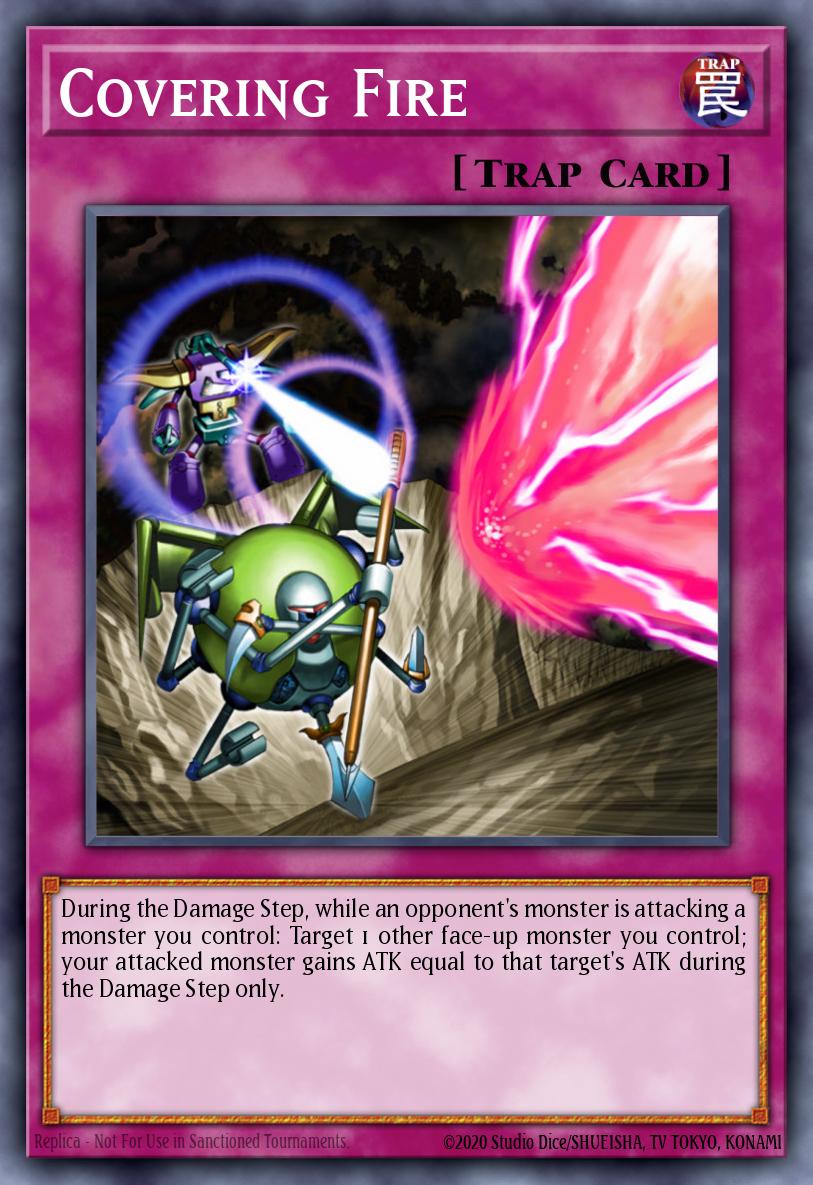
Currently whenever you boot up a new cube in the cube editor it defaults you to Singleton, ie, only 1 copy of each card in the cube.
I heavily suggest making your cube Multiple rather than singleton: Some cards are just too important to have at 1 copy, or just can't function with 1.
Imagine the difference between running 1 Mystic Tomato and running 3. Not only does it mean you can go Tomato into Tomato, but it means you have a more solid DARK-themed deck as well. Cards like the recruiters which are good both as staple 1-ofs and as buildarounds are great to have in multiples in your cube, for example.
Other cards often worth putting at more than 1 copy are generic staples, buildarounds, consistency cards and of course cards like Volcanic Shell.
Tip 7: Consider adding extra rules
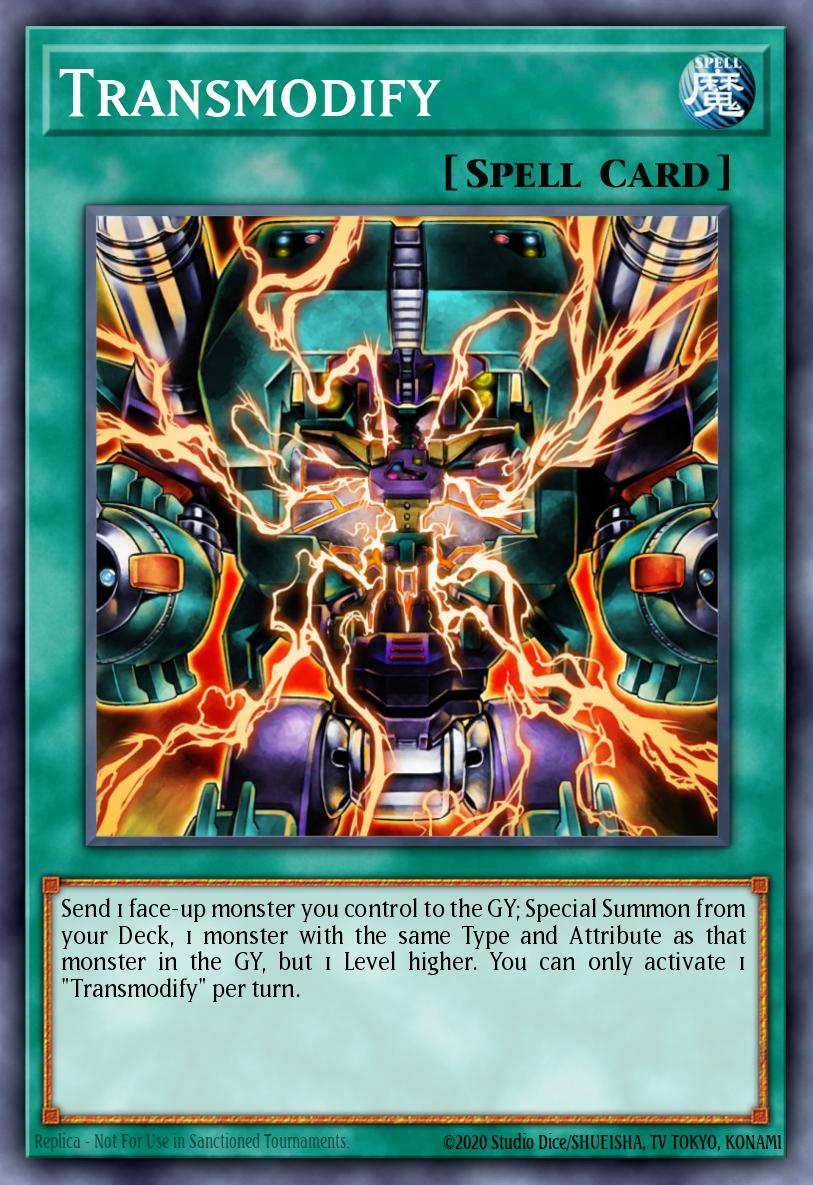 Gear up!
Gear up!
Extra rules can be the spice you need to make a truly unique cube.
The most common rule is the chameleon rule: All monsters are treated as being of every type and attribute. The chameleon rule is great for getting new and more exciting generic cards; Forgotten Temple of the Deep for example becomes a super interesting buildaround under the new rule.
The chameleon rule isn't the only special rule you can add! Here's a few other special rule ideas you could add to your cube:
★ Monsters with specific materials like Drill Warrior can be made with any materials
★ After drafting the Main Deck you draft the Extra Deck from a separate cube
★ All monsters and cards are of every archetype on top of type and attribute.
★ Everyone gains 3 free copies of a specific staple or buildaround card
Conclusion
 Your cube after applying all these tips!
Your cube after applying all these tips!
And so, variety comes out! What cubes are you going to build?
With these 7 tips at your disposal, you can bring your cube to the next level and impress your friends.
What do you think? Do you have any extra tips or spicy tech cards to put in cubes?
Leave them all in the comments below, and see you next time!




